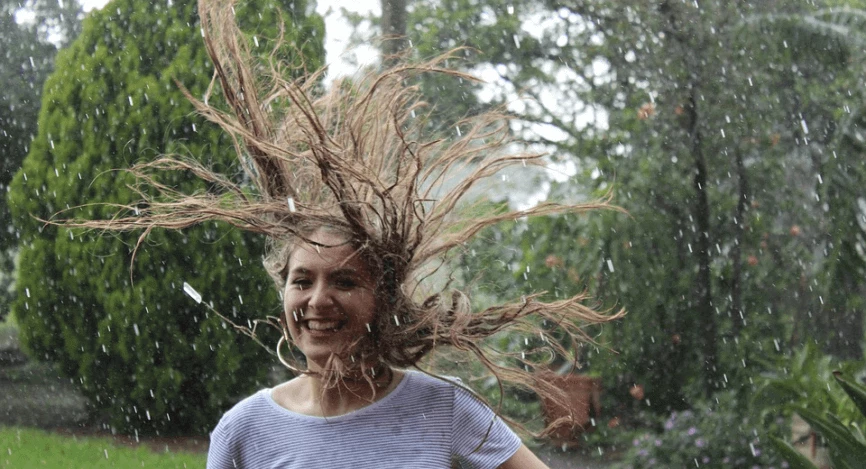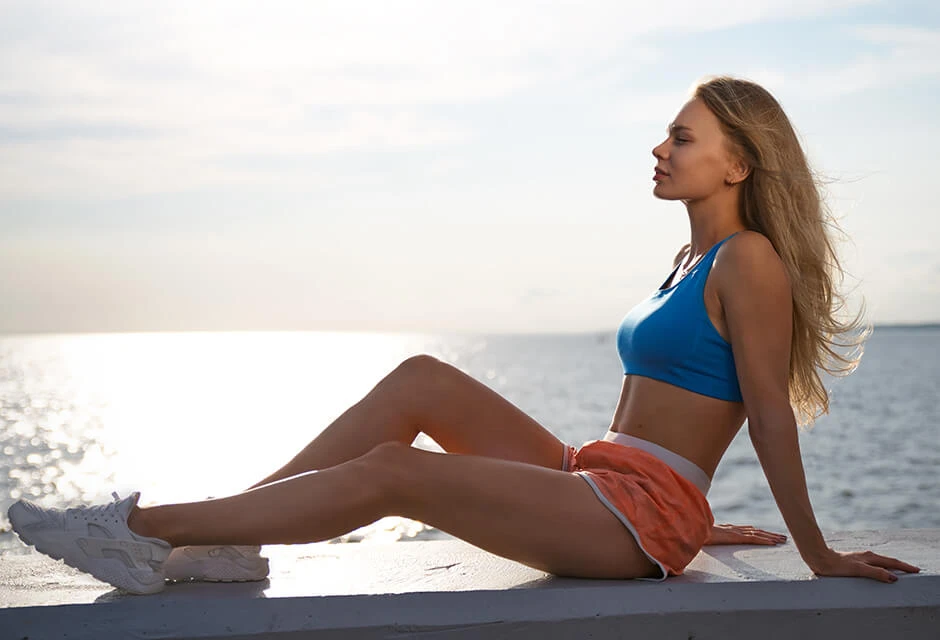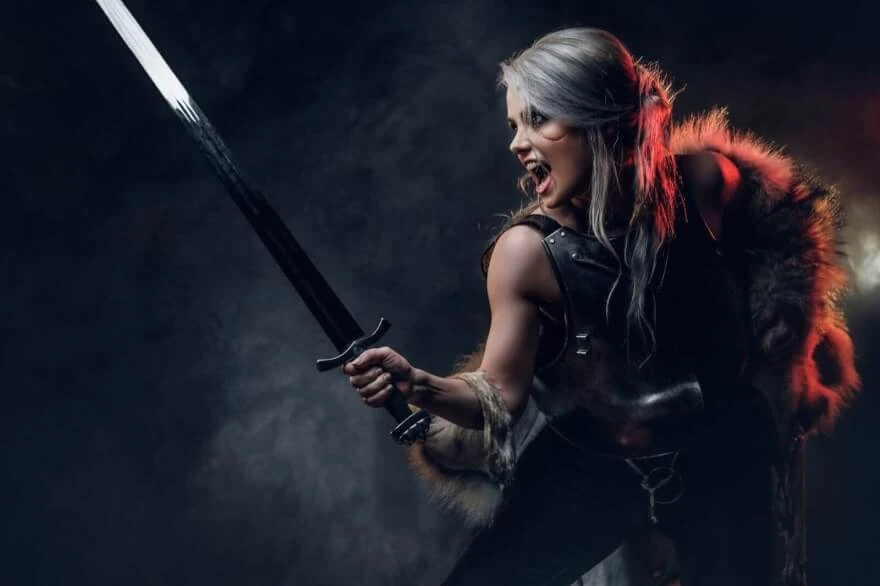Natural Light Photography

- What is Natural Light Photography?
- Difference Between Natural Light Photography and Artificial Light Photography
- The Best Time of Day to Shoot
- The Different Types of Natural Light Photography
- How is Natural Light Used in Different Photography Genres?
Photography cannot exist without light, thus it is considered the most important factor of creating great photography. The main form of light is natural light created by sunlight which varies with the time of day. This article will share natural light photography tips and natural light photography tutorials to better your skills. In the modern world people expect to see reality in the picture, so natural light photography can make the products look the way they do in real life.
Natural light photography sometimes can be called ambient light, which means the available light in an environment. This is like natural lighting outside that lights up a room through a window. Natural light photography has many advantages for professionals and amateurs: affordable creating, a lot of various ideas can be made, working in different genres, creating masterpieces indoors or outdoors.
Furthermore, natural light photography is very beneficial as it does nor require using a lot of expensive equipment, just the right choice of camera. The best camera for natural light photography is A DSLR camera. This is a type of camera that is an important step above a regular point-and-shoot digital camera. In addition, for good stabilization and not blurred photos, you’d purchase a tripod. Another tip is having a reflector that may help you to reflect the light in a different direction if needed.
What is Natural Light Photography?
Knowing the natural light photography definition it is time to start getting acquainted with its characteristics, which are used to categorize different types of natural light:
- The first one is color temperature that refers to the different shades of color that are created by diverse light sources. Throughout the entire day color temperature modifies and improves taking natural light photography.
- The second characteristic is the intensity of light may be a measure of its brutality or brightness and decides how much light is displayed in a scene. The most intense part of a day is noon when the sunlight is specifically overhead. However, early in the evening and morning light and contrast are less intense.
![— Photo №1]()
- The third one is the direction of light, which depends on the time of day, hence the sun’s movement.
- The last one factor to be mentioned is quality. The smaller the light source is compared to a subject, the harder the quality, and as the light spreads and becomes bigger, the quality also becomes softer.
Difference Between Natural Light Photography and Artificial Light Photography
The actual distinction of these two types is the source of light: natural light photography uses the sun as a source and artificial light photography utilises electronic lighting instruments. In addition, experts ensure that combining two ways of lighting is not a good idea as they do not mix well and may have a negative effect on the white balance and create unnatural skin tones.

One of the considerations about this distinction is the availability of daylight - no matter if it is raining or overcast, variable lighting conditions can serve as a good scenario. While an artificially-lit studio has a constant lighting unchangeable throughout the day. Besides, the dominance in variety truly would receive natural light photography as it lights up whole scenes and is utilized in numerous genres. Unfortunately, artificial light photography is essentially limited in creating such photos as landscapes or street photography.

The Best Time of Day to Shoot
There are no rules about the best time of day as all photographers choose different options and prefer unlike weather conditions. Therefore, photos on a cloudy day or an overcast day will look more distinctive than they do on a sunny day. For example, sunny days have solid, coordinated light which can cause unforgiving shadows. Nonetheless, in some instances this type of natural light can create powerful photos, such as wide, distant photos or for up-close images of products with contrasting patterns or textures. For illustration, a passing storm can scramble cloud formations across otherwise clear skies, creating more emotional, darker scenes that inspire quietness or indeed bleakness.

So, it is easier to shoot in the morning or evening than in the middle of the day. Plus, during these timelines of day there is a possibility to catch the best source of natural light - sunrise or sunset. This is also called “golden hour” and it occurs twice a day. Due to the position of the sun during the sunset or sunrise, natural light photography has softer shadows, especially the one side, as the sun is coming from an angle. Experts warn against shooting only sunsets because there are much better objects to be shooting in the evening. The main tip you should remember about is that golden hour occurs only one hour, thus be highly prepared with how and where you want to get shots.

While the sun positions straight over your head, shooting can also become an effective process of creating fabulous photos. The sunlight in the midday produces hard lighting that gives chances to play with harsh shadows. Moreover, this bright light is ideal for photographing texture or action shots.
Similarly, twilight happens twice a day and is about 20 minutes before the sun rises and after it sets. The light during twilight is dark and blue, but it’s not yet as dark as night. Use a lens with a much faster shutter speed than usual to capture crisp photos in low light.

The Different Types of Natural Light Photography
In accordance with the characteristics of daylight photography, the different types of natural light have been identified. So, you could choose the best angle of the light realizing your ideas.
- The first one is hard and straight light directed onto the object. This light may come from the sun on a cloudless day at noon or a couple of hours before sunset. For occasion, you can make curious pictures by capturing shadows that drop absent from your subject. In the photo below, the sun is behind the photographer.
![— Photo №7]()
- The next one is soft or diffused light which may come from the sun on an overcast or cloudy day or as the sun starts to set. Snow, fog, air pollution, or a shaded area can also soften the light in a scene.
![— Photo №8]()
- To receive fascinating daylight photography, try shooting into the sun. A subject is considered backlit in the event that the light is coming from behind the subject, which can deliver a shine, outline, shadow or light flare.
- On the other hand, side lit subjects are when the daylight comes from the right or left side. Such photos may add some drama in photography, emphasizing texture, and give a soft touch. Besides, it casts shadows, which is often used to highlight contours. Side lighting is the foremost adaptable but it’s also the easiest to urge wrong. You've got to take care about the point from which it is cast on your subject.
![— Photo №9]()
- Having a photoshoot indoors, learn how to use window lighting. Window lighting is a frame of side lighting and intensely subordinate on the distance from the light source. Window light can be adjusted straightforwardly by altering the amount of light you let in. Furthermore, moving the subject absent from the window makes harder shadows and more grounded contrast between the two sides of the face. Natural window light can be a perfect way to brighten a subject.
![— Photo №10]()
- The other type is dappled light which creates resulting of daylight that has gone through tree leaves and projected on a nearby surface, producing lovely patterned shadows.
- The last one is reflected off of surfaces, for instance, of walls or the ground. One thing to note is that the rougher your surface is, the softer the reflected light will be.

How is Natural Light Used in Different Photography Genres?
Daylight photography can be used in any generes but to make it awesome you have to know all techniques. Using natural light in photography will help you create magnificent natural light portrait photography. Soft/diffused light is the most flattering for portrait photography, but just because hard/direct light creates dramatic shadows, it doesn’t mean you cannot use it to create stunning photos. Additionally, window light is an awesome sort of light to use in representation since you will effectively alter the quality, amount, and indeed the color of the light.

Another genre is documentary photography which alludes to the chronicling of occasions, situations, and daily life. This is often one of the most effortless and cheapest classes of photography to investigate. When you’re documenting, you don’t have the extravagance of moving your subject around or utilizing reflectors and diffusers. Instead, you have got to utilize work around the characteristics, such as color and intensity, of the light that's accessible to assist make photographs that inspire feelings and pass on your thoughts.
Landscape photography is about capturing a view. In this genre, your composition is frequently the only thing inside your control. This implies that you’ll spend a parcel of time chasing the light—be patient. To emphasize details of the photo and create interesting shadows you may produce side lit landscapes under hard and straight light.

The food industry often posits as a genre of daylight photography. Besides, not only professionals like to shoot food, everyone does. So, food photography often uses window light because it creates soft/diffused light that tends to make everything on a plate look more appetizing, again by highlighting details and textures.
The last but the most beautiful genre is wedding natural light photography. Shooting a wedding with just common light can be dubious, particularly in case it is held inside with lacking light. Consider reflected light while having a photoshoot indoors. For example, the light might be coming from light-colored surfaces such as dresses, walls and curtains. In case of outdoor shooting, you’ll most likely be working with direct or diffused sunlight.

For professionals it is easy to work with different natural light photographs, but you should find the natural light photography type that fits your brand. To achieve this, try multiple experiments with unlike types of daylight photography and during your path you will find the image look that aligns with your feelings.
Co-founder of RetouchMe. In addition to business, he is passionate about travel photography and videography. His photos can be viewed on Instagram (over 1 million followers), and his films can be found on his YouTube channel.
Moreover, his profile is featured on the most popular and authoritative resource in the film industry — IMDb. He has received 51 international awards and 18 nominations at film festivals worldwide.

with RetouchMe



















